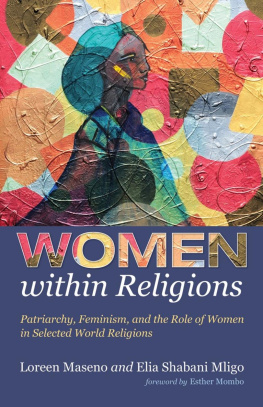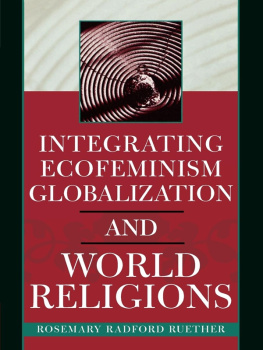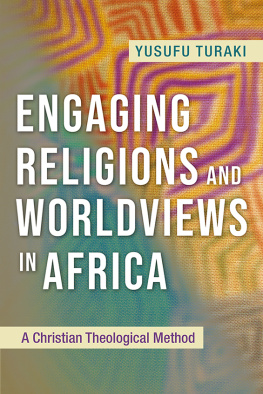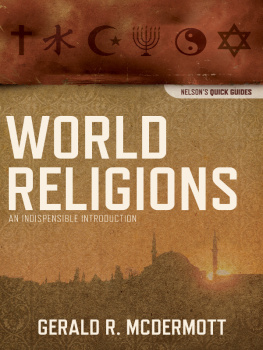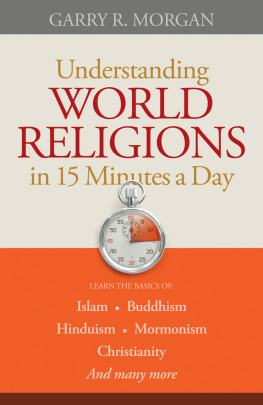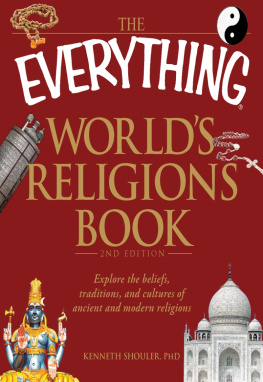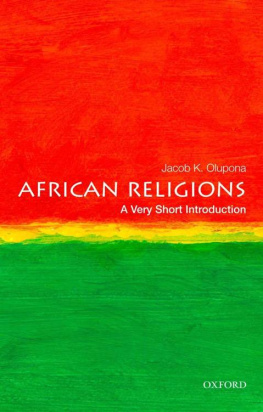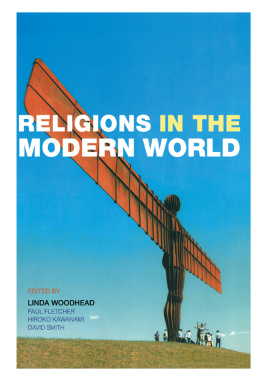WOMEN WITHIN RELIGIONS
Patriarchy, Feminism, and the Role of Women in Selected World Religions
Copyright 2020 Loreen Maseno and Elia Shabani Mligo. All rights reserved. Except for brief quotations in critical publications or reviews, no part of this book may be reproduced in any manner without prior written permission from the publisher. Write: Permissions, Wipf and Stock Publishers, W. th Ave., Suite , Eugene, OR 97401 .
Wipf & Stock
An Imprint of Wipf and Stock Publishers
W. th Ave., Suite
Eugene, OR 97401
www.wipfandstock.com
paperback isbn: 978-1-5326-9757-9
hardcover isbn: 978-1-4982-8732-6
ebook isbn: 978-1-7252-4908-0
Manufactured in the U.S.A. 09/20/19
FOREWORD
T he issues that surround the role and place of women in religion have been discussed in the academy for many years now. While there are similarities in most religions about the role women play in different religions, there are also differences. What seems to be common in most religions is the position of women in a patriarchal society and how their role is determined in that system. Patriarchy which has been described by scholars of both religion and other studies as the rule of the father largely referring to a system of legal, social, economic, and political relations has existed for centuries. In relation to women, patriarchy is expressed in varied ways, including androcentricism and exclusion. Androcentrism is a male-centered worldview which values the male as the norm and devalues and or excludes and silences female perceptions, critiques, or contributions. The authors of this book deal with the history and development of patriarchy as shown by earlier scholars and how this has been challenged by readers of religion.
With this background, the book as a textbook sets out to introduce students to the basic tenets of patriarchy and how it has impacted on the roles that women have played in religion. The religions that have been used in this text include Islam, Hinduism, Buddhism, and African Traditional Religion, which are found in Africa in varied forms. The religious traditions are not dealt with in detail, as this is an introductory book which is meant to give as much for the student to interpret the context in which women work in each religious tradition; however, it creates enough interest for those who wish to carry more research to delve into each religious tradition in depth.
This book, written in an African context, touches difficult subjects such as feminism, which is an emotive word in the study of religion and or theology. The authors deal with the topic of feminism historically and the different theories within the movement. Feminism as a movement started in Europe and America in the nineteenth century. Aimed at bringing about the equal and full liberation of women in all aspects of life, feminism was based on the belief that much of the history of humankind has been patriarchal, and in order for change to occur, there needed to be a major force or revolution. The authors of this book delve into the different schools of thought and theories of feminism. In a simple analysis, the authors look at the different stages of feminism, showing the key players in the movement, especially in academia. The three waves of feminism are discussed with their major achievements, making the narrative easy to grasp. Feminism has been appropriated by different women in bringing to light their experiences as per their context. While it began in the Euro-American context, it has been renamed and redefined in its context of origin and in other contexts as well. For instance, the women of color in America in the 1980 s began to define their form of feminism as womanist, arguing that one could not separate the racial issues from the discussions on gender. The women from Latin America known as mujerista women brought into the study of feminism marginalization in the context of North America. Women from other parts of the world like Asia brought to the fore issues of religious, cultural and racial pluralism. The issues confronting women in Asia include rape, dowry deaths, and women enslavement in their homes. For African feminist theologians, they bring to the table the legacies of the colonial era and the problems facing the continent, including poverty, AIDs conflict, and war. With what is brought to the table of womens experiences, feminism is moved from academic circles to social movements that struggle for justice for women.
With this background, the authors of the book now delve into the different religious tradition and how they have impacted on women, especially the use of religious texts. Religious texts can be both oppressive and liberative depending on who is reading and interpreting the texts. The patriarchal and andocentric context has provided for men to read and interpret the texts which traditionally have pushed women to the margins. The texts are either oral and or written; both have been used to marginalize women. In view of dealing with the texts, as noted by women scholars, it is important that women read and interpret the texts to bring to light the liberative aspects rather than emphasizing the negative aspects of the texts. Of the religions that have been studied in this book, there are similarities in all, and three are good to highlight. First, the ideology of patriarchy governs the religious, social, political, and economic systems that ensure, preserve, and perpetuate male supremacy in all sectors of life. Second, the patriarchal ideology operates on the premise that men are biologically superior to women and that, as a result, women are weak and have to depend on men for survival. Third, male leadership, seen as the only legitimate leadership for the protection of women, is an overarching aspect of the book.
The womens reaction to Patriarchy is varied, but it can be described in two broad forms. On the one hand, women have internalized their own subordination and cooperated by accepting the sex-gender system. The women have then passed these values on to their children. Some of the reasons for women accepting the patriarchal position have been due to several things and or ways including indoctrination of the gender stereotypes, little or lack of education, division of women from each other, and defining women in accordance to their sexual abilities and through restraint and violence. The majority of women remain in this first form of subordination and cooperation. The other form of reaction is that where women have resisted cooption and presented a challenge to patriarchy.
This book deals with African womens theology, which is one form of reacting to patriarchy through academia in both research and writing. In this form of reaction, African womens theologies bring to light their experiences of God into the center of theological articulation.
African womens theology as dealt with in this book brings to light womens voices in religion and culture that have been drowned by male theologies for almost three decades. With the publication of Hearing and Knowing in 1986 , the missing voice of women began to emerge, even though from a distance. Oduyoye paved the way for African Christian women to tell their faith stories as they have heard and known them and not to rely on others to write about them. Out of this vision and commitment, Oduyoye began to look for her African women in churches and universities, who had undertaken or were undertaking theological and religious studies, to initiate a program of serious study, research, and publishing in religion and culture. Out of her efforts, and with the support of those who shared her passion, the idea of gathering a small group of African women theologians to launch an institute in religion and culture was conceived.

